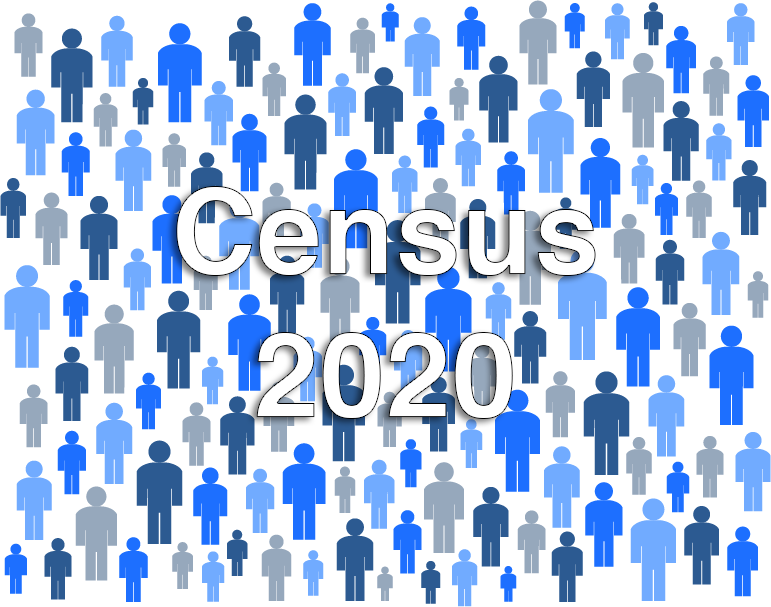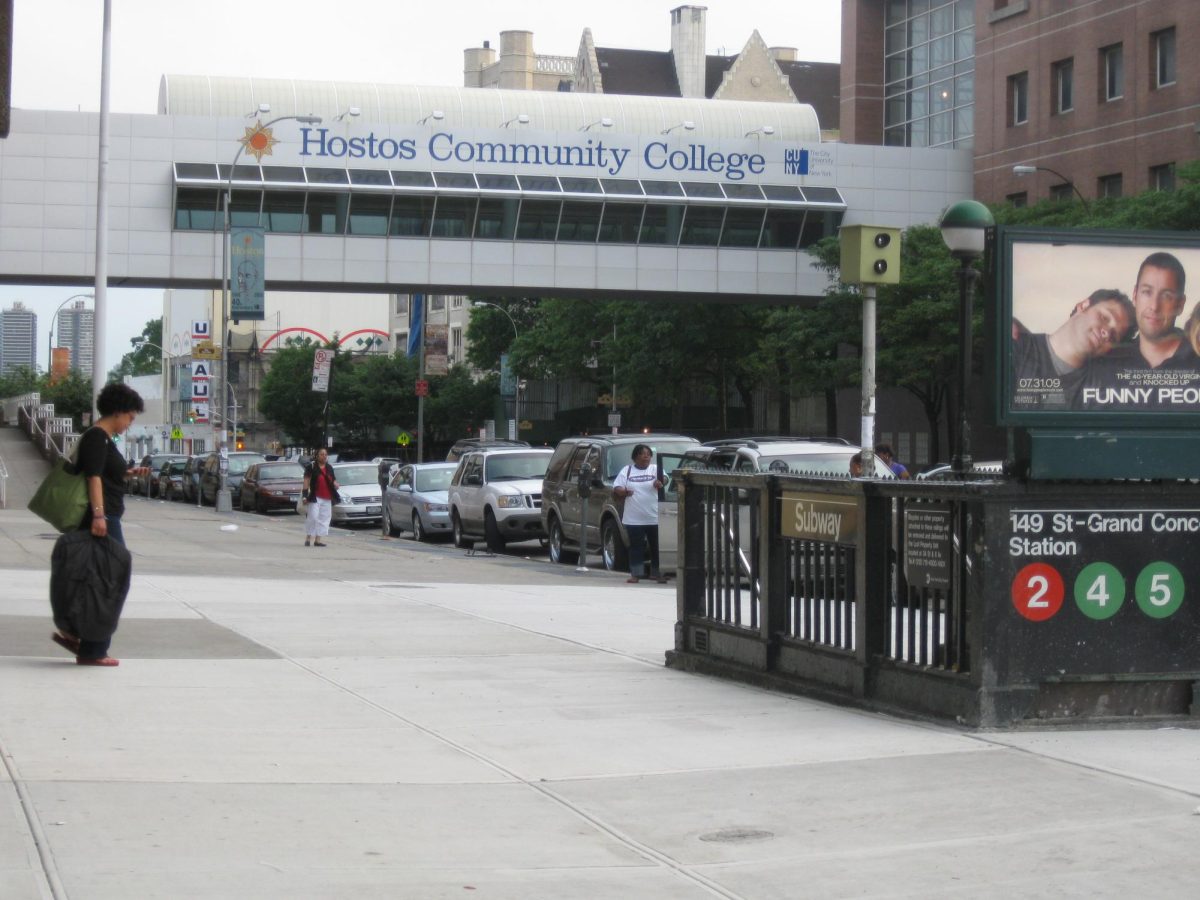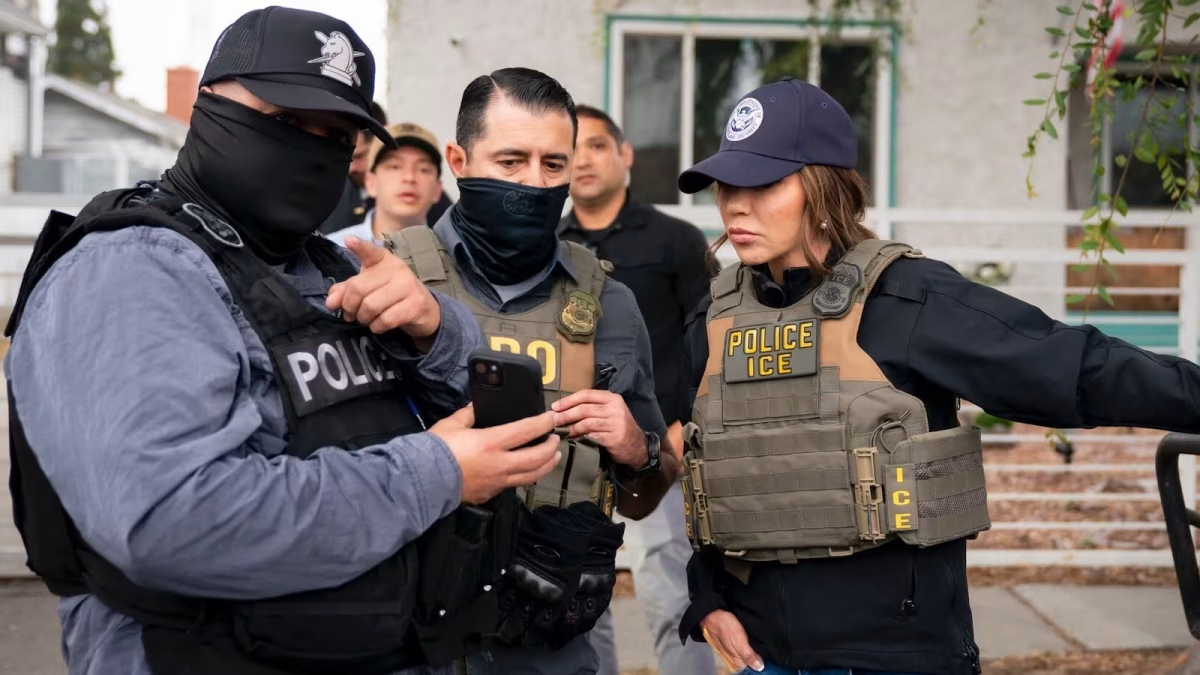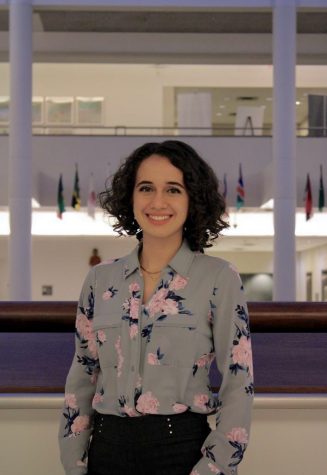The COVID-19, or novel coronavirus, pandemic has not halted the Census Project but rather has emphasized its importance to our community.
“The current public health emergency intensifies New York City’s need for federal funding and representation, and it hammers home the importance of doing our part to ensure that all New Yorkers stand up to be counted in Census 2020,” CUNY Chancellor Félix V. Matos Rodríguez said. “CUNY is proud to help ensure that New York succeeds in this process, even in the face of new challenges presented by the coronavirus. We simply cannot forget the importance of getting all New Yorkers to respond to the census.”
After beginning this initiative last September, CUNY has taken steps to fulfill the many components of the movement.
The Census Corps are working to mobilize family, friends, neighbors, and fellow students to participate in the census. It consists of 270 CUNY students who were extensively trained and collectively speak 47 languages besides English.
In January, the Census Corps used in-person strategies to spread the message. This included organizing events, attending community meetings, offering presentations, staffing information tables, handing out flyers, and translating materials.
As the coronavirus crisis progressed, the campaign adapted to social distancing guidelines by turning to online strategies. Members of the Census Corps are using social media, telephone, and text messaging campaigns to promote the cause.
The CUNY Census Project teamed up with the Office of Communications and Marketing to promote #CUNYcounts, which is a social media campaign designed to draw attention to its webpage, email blasts, posts, t-shirts and stickers.
In February, a video featuring CUNY Census Corps and guest lecturers Rep. Alexandria Ocasio-Cortez and Lin-Manuel Miranda was released.
In addition, Matos Rodríguez is expected to launch a #CUNYcounts Census Challenge campaign on Instagram.
A large focus is placed on city neighborhoods and people that the U.S. Census Bureau considers difficult to count. This includes places with a large student population, highly mobile people, non-native English speakers, undocumented immigrants, people of color, and low-income people.
CUNY has also helped the New York City Complete Count Fund, which is a $19 million city initiative whose objective is to improve individual response rates within every historically undercounted community.
Last fall and winter, “Get Out the Count” events were held at CUNY’s 25 campuses in order to reach students, faculty and staff. The census has also been discussed in CUNY classrooms, forums, panels, and faculty research.
A hard-to-count map, created by the CUNY Mapping Service at the Graduate Center’s Center for Urban Research, highlights areas of the country which tend to be the hardest to count.
This data is valuable to national, state, and local governments and organizations. It is updated daily, allowing these entities to adjust their programs accordingly.
In order to achieve the goal of representing undercounted communities, an evaluation is being led by the Office of Research, Evaluation and Program Support.
Randomly selected members of undercounted groups will be asked to fill out a survey about their census understanding. In addition, REPS will hold remote focus groups and interviews.
These focused efforts are a response to the results of the last census. In 2010, NYC’s self-response rate was 61.9%, which was lower than the national average at 76%.
If New York is undercounted similarly in 2020, it risks losing up to two seats in the U.S. House of Representatives.
The census also determines the distribution of $675 billion federal funding for healthcare, education, disaster planning and response, transportation, Penn grants and more.
The 2020 Census can be completed online, over the phone or by mail.









